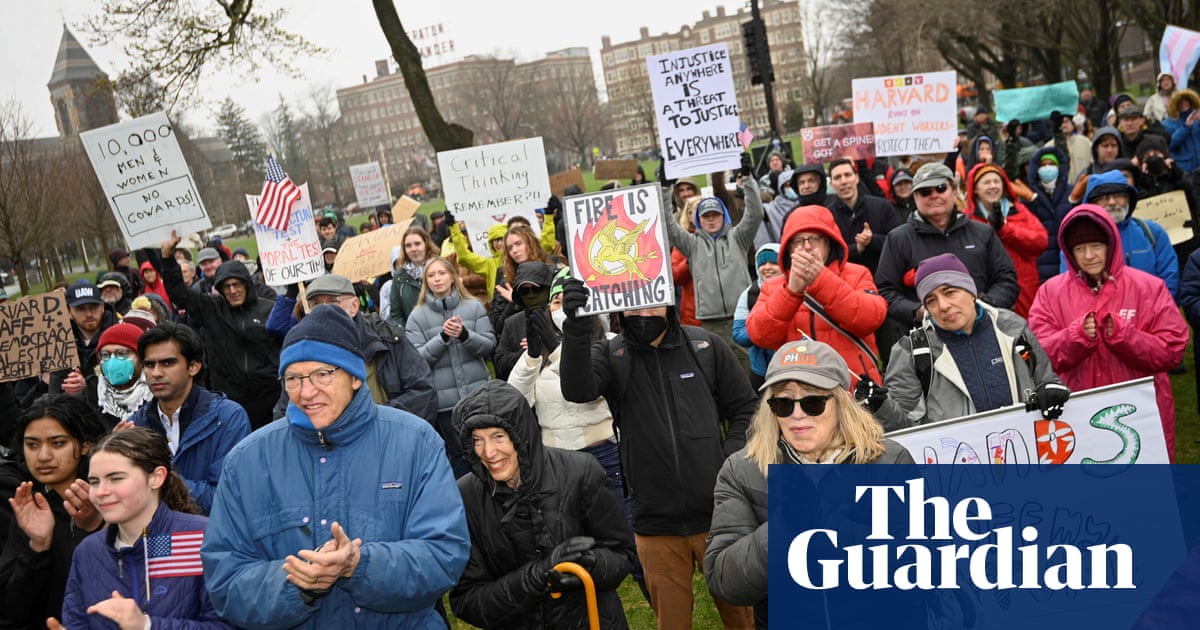When it comes to best-practice examples in the housing debate, Vienna is a common reference. Indeed, the Austrian capital features prominently in narratives about successful housing policies. An article in the Observer concluded that Vienna shows “decent homes for all” is not an impossible dream. And the New York Times even declared it “a renters’ utopia”.
A considerable part of the attraction of Vienna relates to its large social-housing stock. It accounts for some 43% of the roughly 1m housing units in the city. About half of it is municipally owned council housing. The other half is provided and administered by limited-profit housing associations – an Austrian version of social housing providers that are permitted to make a small profit to finance their operations. Social housing is not just for those on low incomes, but also caters to middle- and even some upper-middle-class households.
The positive impacts are directly measurable. Rent levels in the social-housing sector are significantly lower than in the private rental market: newly rented units in the limited-profit and council housing sectors cost about 30% less. Housing quality, meanwhile, is often higher, particularly in the limited-profit housing stock. Moreover, the availability of social housing also dampens rent levels in the private rental market, as a recent study showed.
The sector has not grown overnight. It originated in the municipal socialism of “Red Vienna” in the 1920s, when the Social Democratic Workers’ party set up far-reaching social policies to improve the living conditions of the working class. Financed through progressive taxes, housing played a large role. Today, the Social Democrats are still in power and social housing provision continues, albeit in a different form. Council housing construction has waned since the 1980s, and limited-profit housing has increased. A considerable amount of the financing comes from a 1% levy on the salaries of every employee in Vienna.
A particularly striking feature of Vienna’s social housing sector is its remarkable stability. Whereas privatisation has left large dents in the sector in cities such as London, Berlin and other large cities in Europe, in Vienna, the impact has been much more moderate. In the early 2000s, the Austrian conservative/rightwing coalition government sold federally owned housing associations to financial investors, which affected the stock in Vienna. Meanwhile, in the 1990s, a right to buy was introduced by the federal government for tenants in the limited-profit housing stock.
So far, the impact of the programme in Vienna has remained moderate. Many tenants decided to continue renting instead. Along with new construction, this means that social housing has not declined in relative terms, but has retained a stable share of the housing market since the 1990s.
Not all is as glorious as these points may suggest. One issue relates to the accessibility of social housing. In a system where such a large part of housing is distributed through bureaucratic means rather than through the market, allocation is a delicate matter. Applicants can sign up for a waiting list that factors in their housing need and living situation as well as income. Housing associations allocate parts of their stock through their own channel, which makes the system additionally complicated. Moreover, parts of the housing-association stock require tenant down-payments, which can be a financial barrier. Overall, the system is complex, and tends to prioritise those who know how to navigate it and those who have been living in the city for longer.
Newcomers to the housing market can rent privately instead. This sector has, however, changed substantially over the past three decades. Formerly, commentators have referred to it as an “integration machine”, offering low-quality yet strictly regulated and therefore relatively inexpensive housing to those unable to access social housing. In the 1980s, the deterioration of the stock was considered increasingly problematic and the government deregulated the Tenancy Act to make letting more profitable. Rent-setting was made more flexible, temporary rental contracts were introduced and landlords were allowed to charge higher rents in areas with higher land prices. While the stock has since been upgraded substantially, inexpensive housing has been lost, to the disadvantage of housing newcomers who rely on it.
One simple takeaway from the Vienna case may be that policy matters. Through long-term commitment to social housing and limited privatisation, housing can be made better and more affordable. An even more fruitful takeaway, perhaps, may be that Vienna, through political choices, has managed to set up a regime of housing provision that prioritises housing as a basic need to a greater extent than other European cities. This regime not only includes policymakers from local to federal level, but also planning authorities, developers, landlords, housing associations, banks and construction companies among others. Understanding how this regime came into being, how it works and how it deals with challenges may be the most useful point to study for cities that want to learn from Vienna.
-
Justin Kadi is Assistant Professor in Planning and Housing at the Department of Land Economy, University of Cambridge

 8 hours ago
3
8 hours ago
3

















































